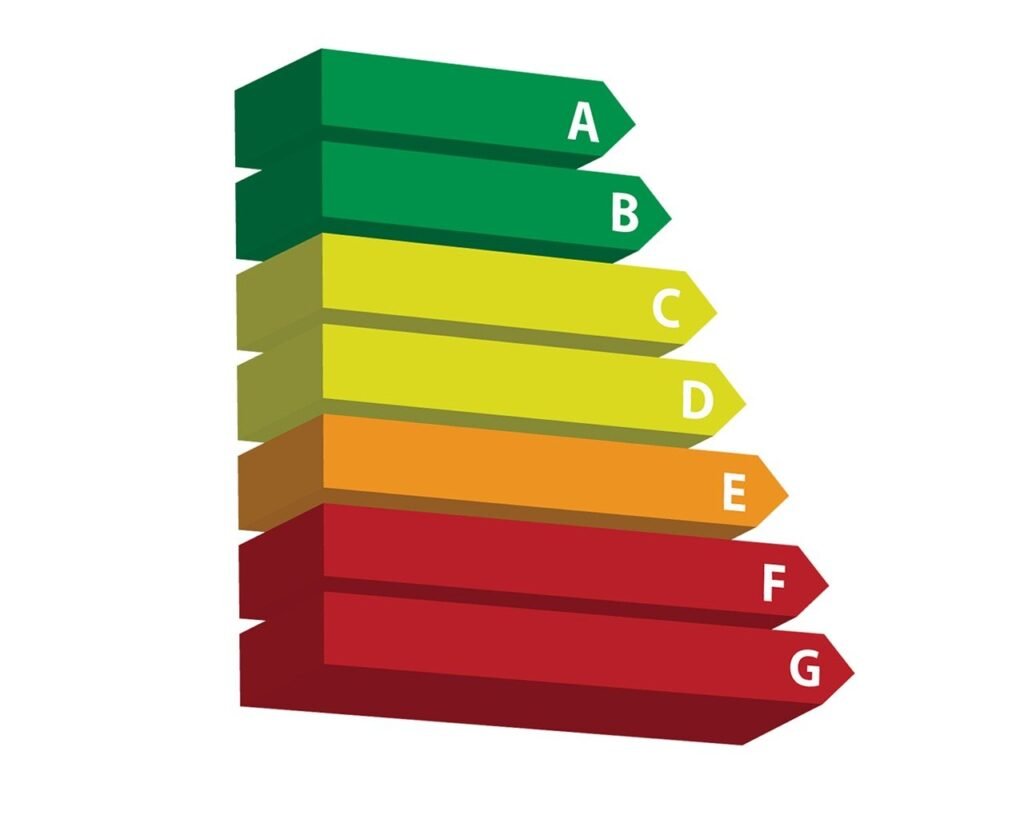Welcome to an exciting article exploring the importance of safe design in maximizing efficiency for quick access and retrieval. In today’s fast-paced world, having a well-designed system not only ensures safety but also aids in easy and quick retrieval of information or materials. By implementing safe design practices, you can streamline operations, reduce risks, and improve overall productivity. Let’s delve into the impact of safe design on quick access and retrieval and discover how it can positively impact your daily work routine. Have you ever found yourself struggling to find the tools or supplies you need for a job? Are you constantly searching for items in your workspace, wasting valuable time and reducing your efficiency? Safe design principles can play a crucial role in ensuring quick access and retrieval of tools, supplies, and materials in any setting. By implementing safe design practices, you can create a workspace that not only promotes safety but also maximizes efficiency. In this article, we will explore the impact of safe design on quick access and retrieval and provide practical tips on how you can enhance your workspace to improve productivity.

This image is property of pixabay.com.
Understanding the Importance of Safe Design
Safe design is all about creating a work environment that minimizes risks to health and safety, while also promoting productivity and efficiency. When it comes to quick access and retrieval, safe design principles focus on organizing tools, supplies, and materials in a way that is easily accessible and user-friendly. By designing workspaces with safety and efficiency in mind, you can streamline processes, reduce the risk of accidents, and ultimately maximize productivity.
Why is Safe Design Important for Quick Access and Retrieval?
Safe design is crucial when it comes to quick access and retrieval in the workplace for several reasons.
Firstly, a well-organized workspace can save you time and effort by reducing the search time for tools and supplies. When items are stored in a logical and accessible manner, you can easily locate what you need without wasting time rummaging through cluttered shelves or drawers.
Secondly, safe design can help prevent accidents and injuries. When tools and materials are stored haphazardly or in unsafe conditions, the risk of accidents such as trips, falls, or cuts increases. By implementing safe design practices, you can create a workspace that not only promotes efficiency but also prioritizes the safety and well-being of everyone in the area.
Key Principles of Safe Design for Quick Access and Retrieval
To maximize efficiency and ensure quick access and retrieval of tools and supplies, it is essential to follow key principles of safe design. These principles can help you create a workspace that is organized, user-friendly, and safe for everyone involved.
1. Accessibility and Reachability
One of the fundamental principles of safe design for quick access and retrieval is ensuring that tools, supplies, and materials are easily accessible and reachable. Items that are used frequently should be stored within arm’s reach, while those that are used less often can be placed in higher or lower storage areas. By organizing items based on frequency of use, you can minimize the time and effort required to retrieve them, thus increasing efficiency.
2. Proper Storage and Organization
Proper storage and organization are key components of safe design for quick access and retrieval. Tools and supplies should be stored in designated areas that are clearly labeled and easily identifiable. Consider using storage solutions such as shelves, cabinets, bins, and drawers to keep items organized and easily accessible. Additionally, ensure that heavy or bulky items are stored securely to prevent accidents and injuries.
3. Ergonomics and Human Factors
Considerations of ergonomics and human factors are essential when designing a workspace for quick access and retrieval. Workstations should be designed in a way that minimizes physical strain and discomfort for workers. This includes positioning tools and supplies at the appropriate height, ensuring proper lighting and ventilation, and providing ergonomic furniture and equipment. By prioritizing the well-being and comfort of workers, you can create a workspace that promotes efficiency and productivity.
4. Safety and Hazard Control
Safety should always be a top priority when designing a workspace for quick access and retrieval. Take the time to identify potential hazards and risks in the area, such as sharp tools, slippery surfaces, or cluttered pathways. Implement safety measures such as installing barriers, warning signs, and safety equipment to prevent accidents and injuries. Regularly inspect the workspace for hazards and address any issues promptly to maintain a safe and secure environment.

This image is property of pixabay.com.
Practical Tips for Implementing Safe Design in Your Workspace
Now that you understand the importance of safe design and the key principles involved, let’s explore some practical tips for implementing safe design in your own workspace. These tips can help you create a safe, organized, and efficient work environment that promotes quick access and retrieval of tools and supplies.
1. Conduct a Workspace Assessment
Start by assessing your workspace to identify areas that need improvement. Look for cluttered or disorganized areas, inadequate storage solutions, or safety hazards that could impact access and retrieval. Take note of any issues or concerns that need to be addressed and develop a plan to implement safe design practices.
2. Declutter and Organize
Take the time to declutter your workspace and remove any items that are not necessary for your work. Organize tools, supplies, and materials in designated storage areas that are easily accessible and clearly labeled. Consider investing in storage solutions such as shelves, bins, and cabinets to keep items organized and reduce clutter.
3. Implement Ergonomic Workstations
Ensure that workstations are designed with ergonomics in mind to minimize physical strain and discomfort. Position tools and supplies at the appropriate height to reduce bending or reaching. Provide ergonomic furniture and equipment, such as adjustable chairs and workbenches, to promote comfort and reduce the risk of musculoskeletal injuries.
4. Establish Safety Protocols
Develop and implement safety protocols to promote a safe and secure work environment. Train employees on proper storage and handling of tools and materials, as well as emergency procedures in case of accidents or injuries. Encourage a culture of safety within the workplace by promoting awareness and accountability among all workers.
5. Regular Maintenance and Inspection
Regularly inspect the workspace for hazards, defects, or safety issues that could impact quick access and retrieval. Conduct maintenance on storage solutions, equipment, and machinery to ensure they are in good working condition. Address any issues promptly to maintain a safe and efficient work environment.
6. Seek Feedback and Continuous Improvement
Encourage feedback from employees on how the workspace can be improved for quick access and retrieval. Consider implementing suggestions or recommendations from workers to enhance the efficiency and safety of the workspace. Continue to seek opportunities for continuous improvement and make adjustments as needed to optimize productivity.
Conclusion
By implementing safe design principles in your workspace, you can create an environment that promotes quick access and retrieval of tools and supplies while prioritizing safety and efficiency. From organizing tools and supplies in accessible storage areas to ensuring ergonomic workstations and establishing safety protocols, safe design plays a crucial role in maximizing productivity and reducing the risk of accidents and injuries. By following key principles of safe design and implementing practical tips, you can enhance your workspace to optimize efficiency and safety for everyone involved. Start by assessing your workspace, decluttering and organizing, implementing ergonomic workstations, establishing safety protocols, conducting regular maintenance and inspection, and seeking feedback for continuous improvement. Remember, safe design is not only about creating a workspace that is safe, but also one that is efficient and conducive to productivity.
